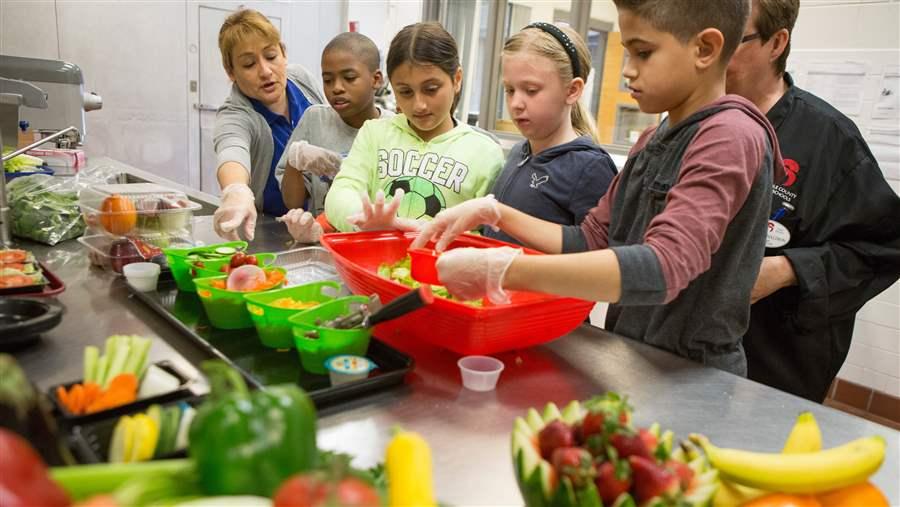Introduction:
As an educator, the wellbeing of your students is often at the forefront of your mind. Many students across the globe face food insecurity at home, and this can have a negative impact on their ability to concentrate and perform at school. Teachers and school staff are uniquely positioned to help ensure that students have access to nutritious meals. In this article, we will explore ways that you can support your students in getting the nutrition they need.
1. Start a Breakfast Program:
Research has found that students who eat breakfast have better focus, memory, and overall academic performance. Implementing a breakfast program at your school can provide a nourishing start to the day for children who might not get adequate nutrition at home. Work with your administration to determine funding options and logistics for such a program.
2. Collaborate with Non-Profit Organizations:
There are many non-profit organizations dedicated to addressing food insecurity and providing resources for schools and families. Reach out to local food banks, community organizations, or national programs like No Kid Hungry or Feeding America to seek collaboration and assistance in providing meals for your students.
3. Educate Parents About Nutritious Options:
Often, parents may not be aware of how essential nutrition is for their child’s academic success or may be unsure about how to make healthy choices on a budget. Offer workshops or information sessions for parents to help them understand the importance of proper nutrition and provide tips on affordable meal planning.
4. Establish Food Drives and Pantries:
Coordinate food drives at your school in which families, staff, and community members can donate non-perishable food items. Then create an on-site pantry where students can discreetly access food when needed. To ensure privacy and respect for those in need, you could set up an anonymous system where students can request items without fear of being stigmatized.
5. Encourage School Lunch Programs:
School lunch programs are crucial in providing access to nutritious meals for students facing food insecurity. Ensure that your school offers affordable or free meal options and that the menus consist of nutrient-dense foods. Collaborate with other teachers and school nutritionists to come up with creative meal ideas that meet students’ needs.
6. Connect Families with Assistance Programs:
Many families might not realize they are eligible for food assistance programs such as SNAP (Supplemental Nutrition Assistance Program) or the National School Lunch Program. Provide information on how families can apply for these programs and assist them in navigating the application process.
7. Be an Advocate for Change:
Join local, state, or national advocacy groups dedicated to combating food insecurity and work together to advance policy changes aimed at addressing this issue in your community and across the country.
Conclusion:
As educators, we can make a difference in our students’ lives by ensuring they have access to nutritious meals throughout the day. By implementing some of these strategies, you’ll take meaningful steps towards supporting the well-being and academic success of your students. Remember, a well-nourished child is better equipped to learn and thrive both in school and beyond.





